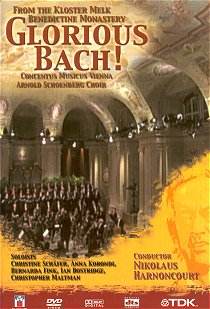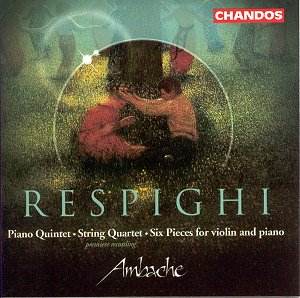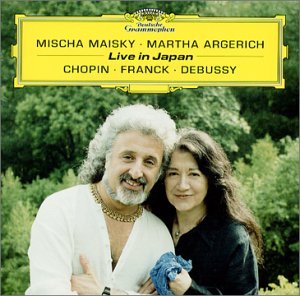 Composer: Anton Bruckner
Composer: Anton Bruckner
Works: Symphony No. 4 in E Flat “Romantic” (1874) (Nowak edition)
Performers: Hallé Orchestra, Zdenek Mácal
Recording: Recorded in the Free Trade Hall, Manchester, April 1984
Label: Classics for Pleasure 5 74942 2
The Symphony No. 4 in E Flat, known as the “Romantic,” occupies a unique position in the Bruckner canon, bridging the gap between the composer’s earlier, more traditionally structured symphonies and the expansive, complex works that would follow. Composed in 1874, this symphony is often celebrated not only for its lush orchestration but also for its thematic exploration of nature and human emotion, encapsulated in what has been interpreted as a musical depiction of the Austrian landscape. Zdenek Mácal’s interpretation with the Hallé Orchestra revives this work with a distinctively regional character that diverges from the more polished Viennese renderings, presenting an approach that is refreshingly unpretentious.
The performance itself, recorded in the now-demolished Free Trade Hall, showcases the Hallé Orchestra in commendable form. Mácal, conducting with a clear understanding of Bruckner’s symphonic architecture, emphasizes the contrasts inherent in the score. The first movement unfolds with a rawness that is both invigorating and revealing; the brass section, particularly, possesses a rugged, “rough-hewn” quality that is less commonly found in recordings from the more illustrious orchestras of Europe. This choice in timbre highlights the symphonic dialogue in a manner reminiscent of Klemperer, with each thematic shift meticulously mapped, ensuring that the listener is never left adrift in the expansive musical landscape.
The second movement, marked Andante, is a testament to Mácal’s sensitivity to the elegiac qualities of Bruckner’s writing. Here, the orchestra’s brass, while bold, does not overshadow the strings, allowing for a balanced interplay that underscores the movement’s reflective nature. The climactic moments soar with a palpable tension that is both satisfying and poignant, demonstrating Mácal’s adeptness at navigating the emotional peaks and valleys that define this symphonic journey.
The Scherzo brings another layer of character to the performance, showcasing the Hallé’s brass with a gritty vigor that infuses the movement with an energetic charm. The Trio section offers a more lyrical respite, its meandering lines expertly articulated, drawing a sharp contrast to the robust scherzo. It is in the fourth movement, often criticized for its perceived weaknesses, where Mácal’s interpretative choices truly shine. While detractors, such as Robert Simpson, have argued that certain themes lack depth, Mácal’s straightforward presentation of these motifs allows them to resonate more clearly within the structure of the movement. The coda, in particular, emerges triumphantly, with the brass section roaring to life, marking a thrilling conclusion that pays homage to the symphonic tradition while asserting its own identity.
The recording quality itself merits attention; engineer Mike Clements has captured the distinct sound of the Hallé with remarkable clarity. The balance favors the brass without becoming overwhelming, allowing the listener to appreciate the orchestra’s full palette of colors. The impression of a live performance is palpable, and this raw energy enhances the listener’s engagement with the work. When placed alongside Georg Tintner’s interpretation on Naxos, which offers a more grandiose and atmospheric reading, Mácal’s approach stands out for its dramatic immediacy and unadorned authenticity.
This recording of Bruckner’s Fourth offers not just a performance, but a unique lens through which to appreciate a symphony that can often be overshadowed by its more illustrious siblings. Mácal and the Hallé Orchestra provide a refreshing and compelling interpretation that invites both seasoned Brucknerians and newcomers to reevaluate their understanding of this “Romantic” symphony. With its distinctive Manchester accent, this rendition is a valuable addition to the discography of Bruckner, revealing layers of character and emotion that resonate long after the final notes have faded.



